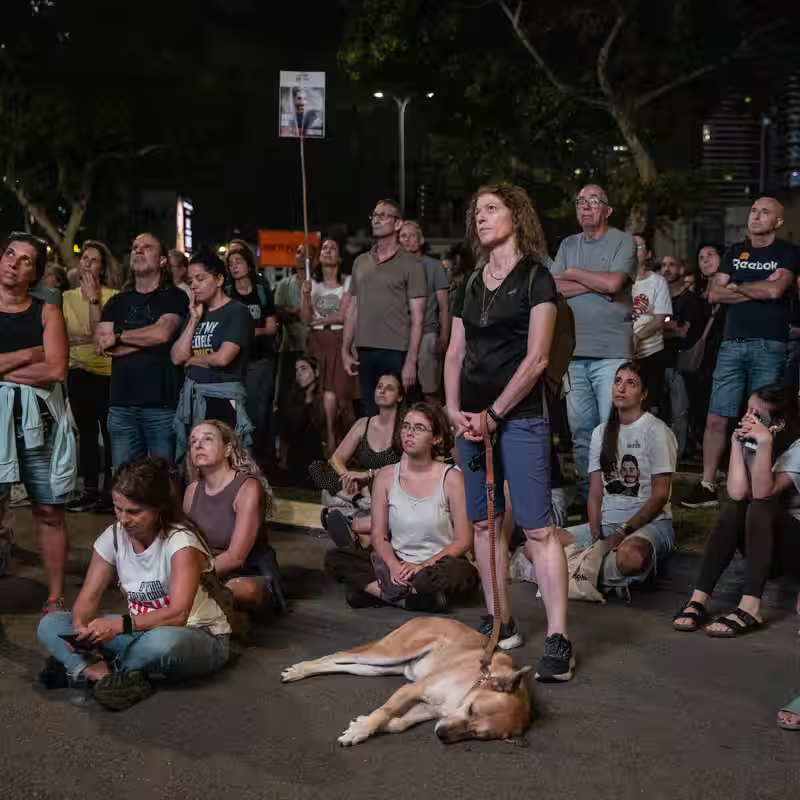Table of Contents
- Historic Swap Underway
- What the Deal Entails
- Families on Both Sides Rejoice
- Logistics and Security Challenges
- What Comes After Phase One?
- Sources
Historic Swap Underway
In a moment many feared would never come, the first major hostage-prisoner swap between Israel and Hamas is now unfolding in real time. Under the terms of a newly implemented cease-fire agreement, all living Israeli hostages held in Gaza are expected to be released within the next 24 hours—marking the most significant breakthrough in the 13-month conflict.
In exchange, Israel will release approximately 2,000 Palestinian prisoners, including women, minors, and long-term detainees—many of whom have been incarcerated for years without trial.
What the Deal Entails
The agreement, brokered through intense mediation by Qatar, Egypt, and the United States, outlines a multi-phase plan to end hostilities. Phase One—now in motion—centers on humanitarian relief and reciprocal releases:
- All remaining living Israeli hostages (estimated at 30–40 individuals) to be freed from Gaza within 24 hours.
- Israel to release 2,000 Palestinian prisoners in coordinated batches over 48 hours.
- A 42-day cease-fire to take full effect upon completion of the swap.
- Unimpeded delivery of humanitarian aid into northern Gaza, including food, medicine, and fuel.
International monitors from the Red Cross and UN will verify identities and oversee transfers at designated crossing points, including Rafah and Kerem Shalom.
Families on Both Sides Rejoice
In Tel Aviv, relatives of hostages gathered near the Hostages and Missing Families Forum headquarters, clutching photos and singing songs of hope. Many broke down in tears as news of the imminent release spread.
“We’ve lived in limbo for over a year,” said Miriam Cohen, whose son has been held since October 7, 2024. “To hear his name might be on that list—it’s like waking up from a nightmare.”
Meanwhile, in Ramallah and East Jerusalem, families of Palestinian detainees lit candles and distributed sweets. For many, this is the first time they’ve seen their loved ones’ names on an official release list.
“My brother has been in prison for 18 years,” said Aisha Nasser, 34. “We never thought we’d see him walk through our door again.”
Logistics and Security Challenges
Despite the euphoria, the operation is fraught with complexity. Israeli intelligence must confirm each hostage is alive and in Hamas custody. Hamas, in turn, must ensure no last-minute sabotage by splinter factions.
Israeli security officials have expressed concern about the release of prisoners with ties to past attacks. However, Prime Minister Netanyahu’s office emphasized that “national unity and the return of our sons and daughters outweigh all other considerations.”
U.S. Secretary of State Antony Blinken called the swap “a fragile but vital step toward lasting peace,” urging all parties to honor the agreement in full.
What Comes After Phase One?
If Phase One succeeds, Phase Two will involve the withdrawal of Israeli forces from populated areas of Gaza, the return of displaced Palestinians to their homes, and discussions on a permanent cease-fire.
Longer-term talks—on issues like the reconstruction of Gaza, the status of Palestinian statehood, and security guarantees for Israel—remain distant but are now back on the diplomatic table for the first time in over a year.
For now, though, the focus is on the human element: reunions, embraces, and the quiet relief that, at least for a moment, war has given way to mercy.




